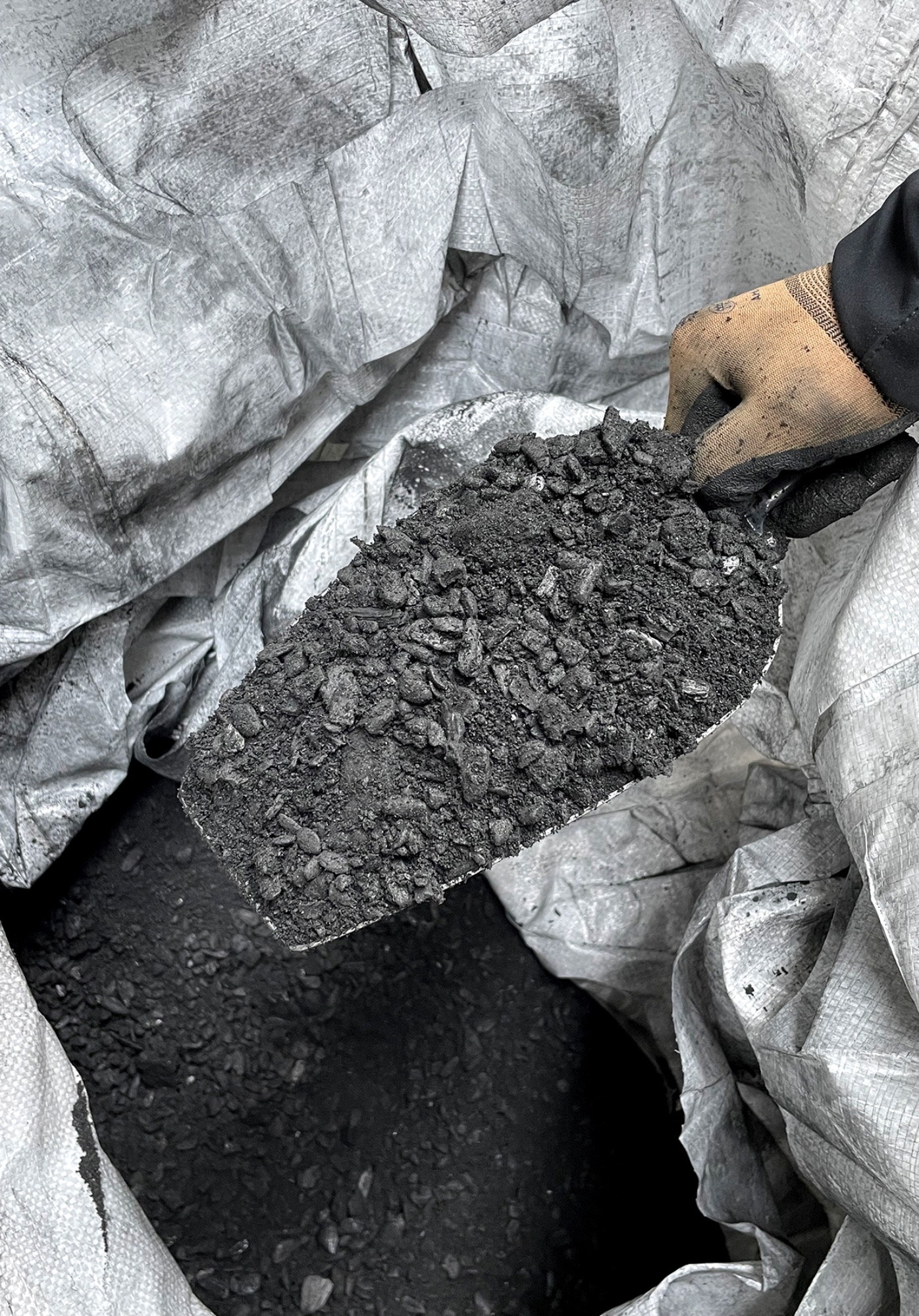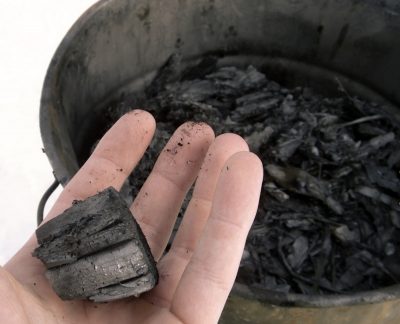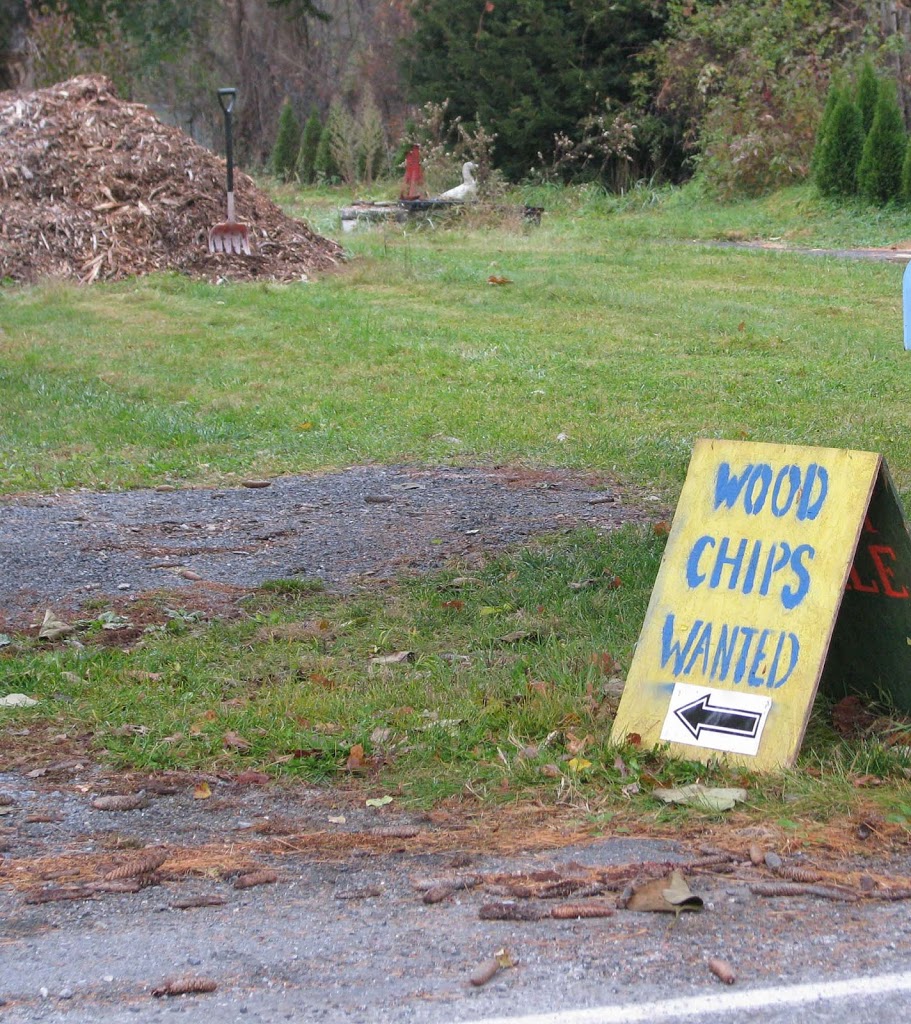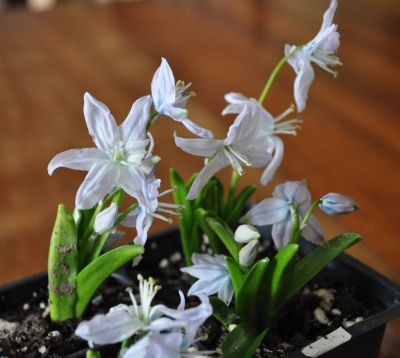People are funny. Take, for instance, a fellow gardener who, a couple of months ago, shared with me her excitement about a biochar workshop she had attended. “I can’t wait to get back into my garden and start making and using biochar,” she said. Biochar, one of gardening’s new wunderkind, is what remains after you burn wood with insufficient air — charcoal, that is. Stirred into the soil, its myriad nooks and crannies provide an expansive adsorptive surface for microbes and chemicals, natural and otherwise. Biochar, being black, darkens the soil, and dark soil is generally associated with fertility, although that’s not always the case. Because biochar is mostly elementary carbon, it resists microbial decomposition, so it’s carbon is less apt to end up in the atmosphere as carbon dioxide.

But raw wood, as opposed to biochar, added to soil feeds microbes and then plants as it decomposes, eventually turning to organic matter, or humus, which is a witch’s brew of compounds with positive effect on soil’s nutritional, biological, and physical properties. So is cooking up a batch of biochar and digging it into your soil really worth the effort? The same might be asked of aerated compost tea, another “rare and wondrous” product touted for everything from preventing plant diseases to breaking up impermeable soil layers. Or “nutrient dense farming,” which, with its questionable assessments of plants’ nutrient status and even more questionable soil additives, aims to reverse the drop in mineral concentrations noted in our vegetables over the past few decades. (Even though the drop has been shown to be simply a dilution effect from increased yields due to breeding, fertilizers, and water.)
Thoreau wrote, “Simplify, simplify.” But people are funny; they want to complicate, complicate. Something about using some apparatus, whether it’s a biochar burner or a compost tea aerator, or a measuring device, such as the refractometers used by nutrient dense farmers, that draws people in. People are wowed by numbers, dials, and other bells and whistles of science.
Bells and whistles do not science make. Or good gardening. Some of the most elegant experiments in the science of gardening involved not much more than a human mind and some pea seeds: the 19th century discoveries of heritable traits by Gregor Mendel, which became the foundation of modern genetics, and the elucidation of why plants bend towards light by Charles Darwin, as examples.
Ninety percent of good gardening could be summed up in two words: organic matter. Enrich your soil with plenty of compost, the Cadillac of organic matter, and/or other organic materials, such as leaves, straw, and wood chips, and you’re well on the way to plants that are healthy, healthful, and productive. I wish I could offer some gimmick or catch-phrase. No need.
———————————————–
I finally cut enough hay to snuggle down along my row of dwarf apple trees. Right now, it looks like a billowing, beige blanket. By spring, snow and rain will have compressed it to ground level. By this time next year, it will be mostly gone. That’s okay.
During it’s tenure, the mulch will smother weeds and insulate the soil against winter cold and summer heat. Bacteria, fungi, and other soil organisms are what will make it vanish, but in so doing nutrients within those stems and leaves will move into the soil for plant use and what’ll be left behind is humus, which makes the soil dark and, in this case, is an indicator of good soil.
Some garden faddists would fault me for using hay beneath my apple trees, alleging that the trees would prefer a mulch of wood chips. And not just any old wood chips, but those from branches less than two and a half inches across (“ramial” wood chips). Devotees cite Laval University Publication N 83, “Regenerating Soils with Ramial Wood Chips” as providing evidence for the benefits of ramial wood chips but this publication is actually very weak on evidence and very strong on boosterism. Perhaps they are correct, although there’s no evidence for benefits one way or another. Depending on availability, I’ll sometimes use wood chips, any kind. Simplify, simplify.
 Rather than releasing the carbon in wood or other material into the atmosphere as carbon dioxide by burning it or allowing it to decompose, the carbon in biochar remains locked up. Less carbon dioxide in the atmosphere means less global warming.
Rather than releasing the carbon in wood or other material into the atmosphere as carbon dioxide by burning it or allowing it to decompose, the carbon in biochar remains locked up. Less carbon dioxide in the atmosphere means less global warming.










